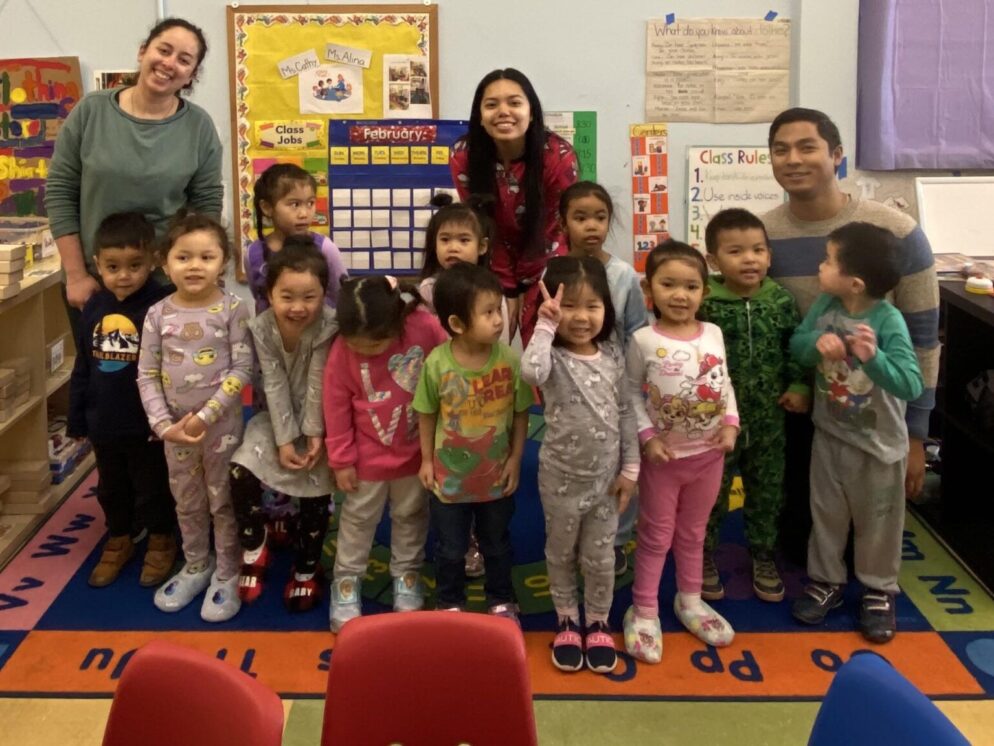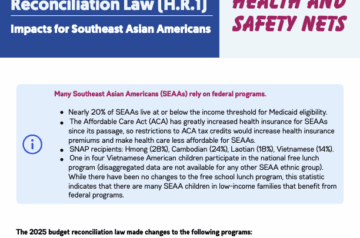When Pennsylvania Gov. Tom Wolf announced a statewide stay-at-home order on March 17, 2020, the staff at the Cambodian Association of Greater Philadelphia (CAGP) anticipated a short-term closure of two weeks. As CAGP’s children and youth development director, Raksmeymony (Rex) Yin used the closure as a time to reflect with his colleagues on what was working well and areas that could be enhanced or improved for the community-based organization’s educational services, which include a preschool program, an elementary afterschool and summer camp program, and a high school leadership development program, along with partnerships with colleges and universities.
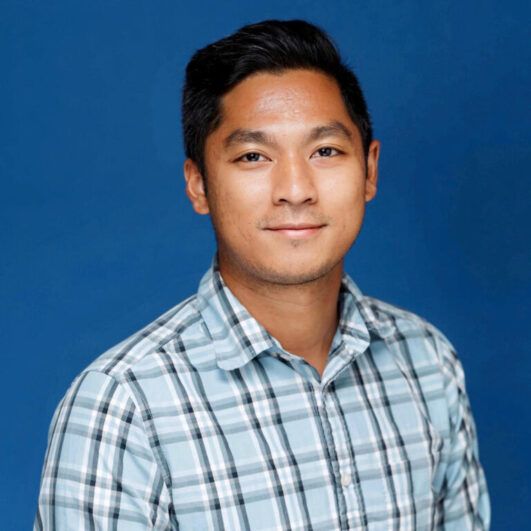
However, when the order was extended, CAGP’s children and youth development team switched gears to plan a brand new digital program for its preschool and elementary school programs. By the fourth week of the closures, CAGP’s education programs went completely virtual. Coming out of that experience were even stronger relationships with school and organizational partners, as well as with the families of students. But time in quarantine has also pushed long-existing inequities to the forefront.
“Two inequalities we are experiencing that have been exacerbated in this crisis are the digital divide and the linguistic divide,” Rex said. “Many conversations with school staff and organization partners have echoed these challenges. Yes, we do have a health crisis and it has challenges, but within the education and social services, immigrant, refugee, and non-English speaking communities’ issues with digital and language inaccessibility are even more prevalent now.”
“Two inequalities we are experiencing that have been exacerbated in this crisis are the digital divide and the linguistic divide.”
While in-language educational resources do exist for certain communities, Philadelphia’s newer immigrant community groups, such as Burmese, Palau, and Indonesian, have a limited pool of translated articles, infographics, and videos. As a compounding issue, families must also learn how to use the digital tools that will house student curriculum.
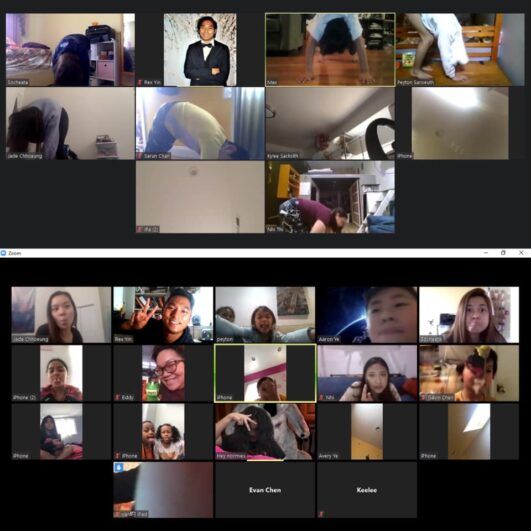
“For families whose English is not their first language, the acclimation time to remote learning is lengthier due to higher need of digital navigation support,” Rex said. “Even now since mid-April, we are still supporting families to adjust to the new learning systems. Some schools have deemed a lot of these students as out-of-reach and out-of-touch and have been seeking a community organization like CAGP to be that bridge to the families.”
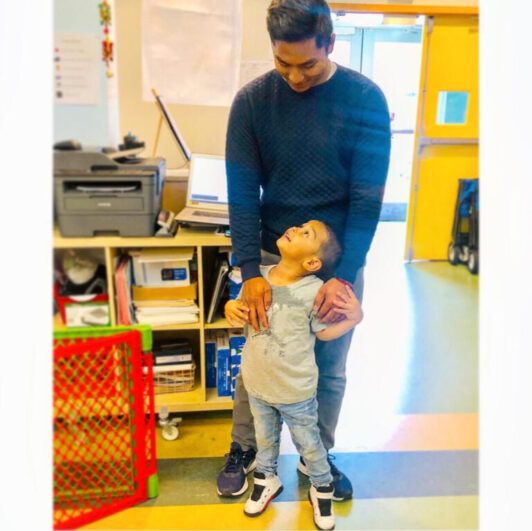
In his role during these weeks of quarantine, Rex has had to wear many hats all at once—curator, analyst, and translator, among them. But to Rex, his students deserve nothing less. “There is new information on an ongoing basis from so many different sources, and for childcare providers, it is a lot to process and then translate to staff and families in a short amount of time,” he said. “It is all critical, but time is important during this crisis, and we want to make sure that folks don’t feel like they’re completely void of their support that they had before.”
Along with carrying out the social services it provides to adults, elders, and their families, CAGP has also had to think creatively about how to continue educational programming that relied on high school and university partnerships that have since shuttered. For example, until now, the organization had been able to provide English language learning lessons by partnering with a local university’s graduate students. When CAGP’s facility closed due to the stay-at-home order, so too did this offering.
While the task of finding innovative educational solutions is a lofty one, Rex is driven by a legacy of resilience that he was born into as a 1.5 generation low-income Cambodian American child, and the hope that his students and his co-workers have for refugee and immigrant communities. Rex knows equity for these communities will be a long journey, but his vision for a better tomorrow keeps him motivated and fills him with hope.
“We see all these beautiful trees in forests or in communities, but we also need to remember that those trees started small,” he said. “They started off as a small seed. It took lots of time, nurturing, resilience, and persistence for it to be what we see today as a beautiful tree. My staff, students, parents, and elders are all growing to be like these huge beautiful trees that the world is going to admire and witness.”

